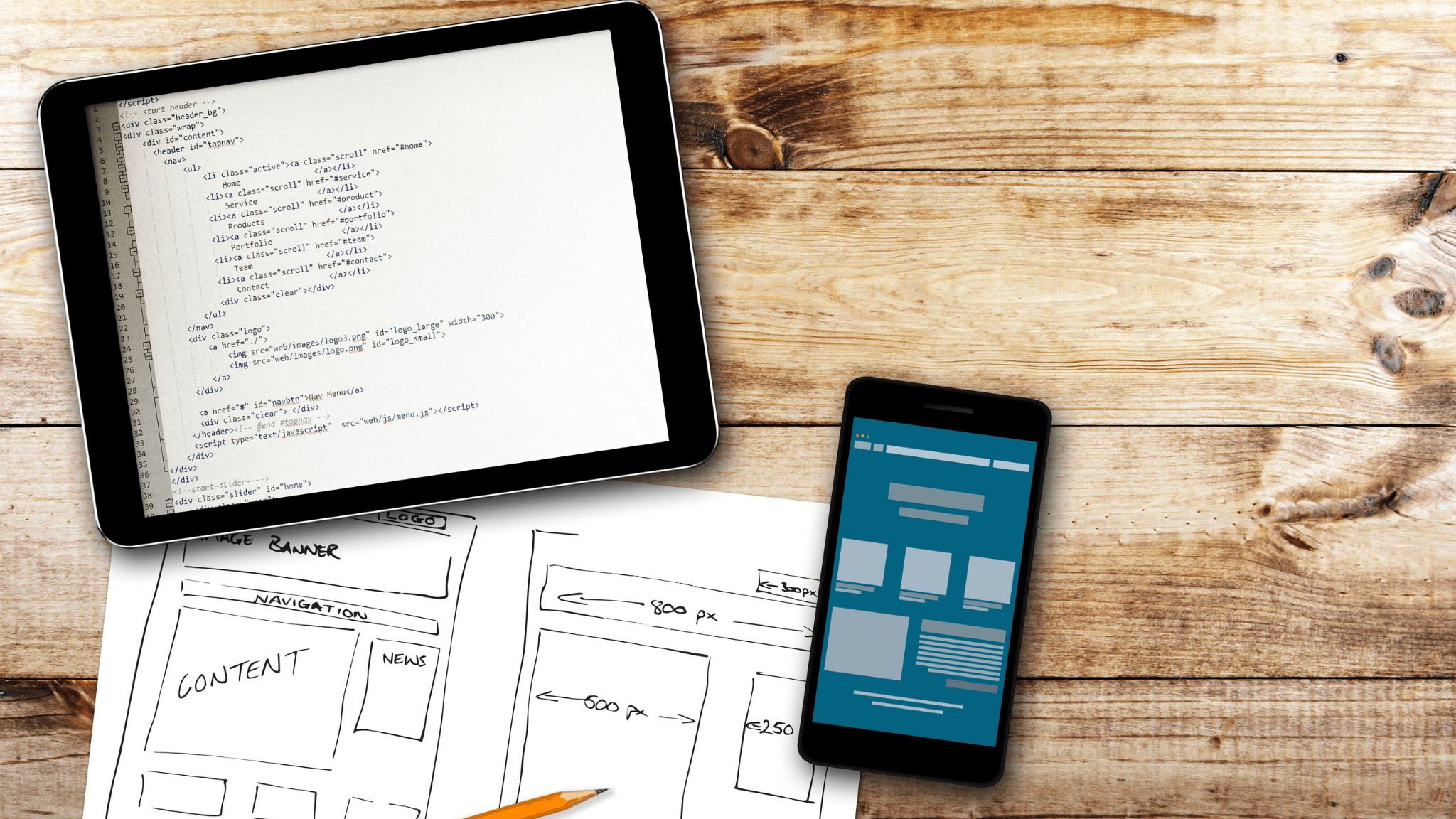
Mobile development platforms and languages evolve so quickly these days that they seem to age in dog years. Today’s technology choice du jour may very well be tomorrow’s albatross around your development team’s neck.
Keeping your mobile development tech stack up to date and secure in this environment is a challenge for even the most Agile organizations and tech-savvy leaders. It was no surprise, then, when a customer in the FinTech industry recently came to DMG looking for a recommendation on how to move their mobile efforts beyond the Xamarin platform.
The Impetus for Platform Change
The company’s leaders knew they needed to modernize their mobile tech stack to provide their customers with the best possible mobile experience. Mobile has clearly been a key consideration for companies large and small for years, but the pandemic has only served to heighten consumer expectations around what they can and can’t do on their mobile devices.
Increasingly, the answer is that consumers want to do it all via mobile. Perhaps most important of all for this customer, consumers don’t mind using mobile apps to track their overall financial health and plan their biggest purchases, like new homes and new cars.
Consumers’ growing comfort with mobile to manage financial wellness was a trend our customer recognized and wanted to have the ability to capitalize on, but they knew they needed to present the best possible mobile experience to users to compete with the Mints and consumer banking apps of the world. It was becoming more and more apparent to them that a mobile experience commensurate with the high consumer expectations for mobile apps simply wouldn’t be possible with Xamarin.
Why Xamarin, Specifically, Needed to Be Replaced
Xamarin is a .NET application development platform that allows you to write cross-platform apps that can run on any device. Unfortunately for organizations that use it, Microsoft deprecated support for a key component of Xamarin, Xamarin.Forms, in November 2021.
Combined with Xamarin’s inherent limitations on access to device-specific capabilities like GPS, the deprecation was consequential enough that it made the customer’s tough decision — to move away from Xamarin as their app development platform and on to something else — an easy one.
What would the right technology choice be? That’s where we came in to help.
Evaluating Options, and Landing on MAUI (Blazor)
DMG worked with the customer to develop a robust analysis on potential Xamarin replacements that was based on the following criteria:
- Business needs and other technologies used in their tech stack
- Features they wanted to include in their mobile apps that were unable to with Xamarin
- Technology licensing costs
- Ramp time for existing team to learn a new app development platform
Ultimately, we ended up selecting MAUI Blazor and helping them make a quick, seamless transition to what is essentially Microsoft’s replacement for Xamarin.
The biggest benefit for our customer is that their dev team can still write one set of code and have it run anywhere, but they can now also tap into mobile device-specific functionality. What’s more, their mobile tech stack has them well prepared for the future based on where Microsoft will be spending their R&D dollars in the mobile development space. Last but not least, our customer is delivering an improved mobile experience to their customers that puts them on par with the competition and makes their existing customers more likely to remain so.
